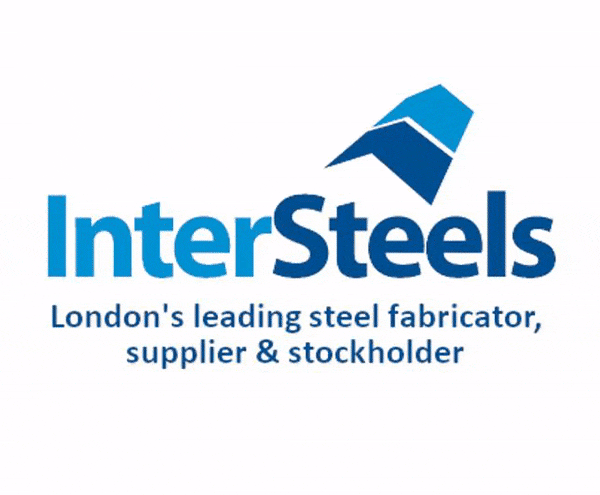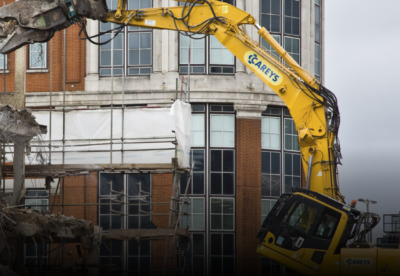Greencore is majority-owned by investor M&G and specialises in high performance, low-carbon buildings using natural materials – predominantly hemp, lime, natural fibre insulation and timber, combined with the use of innovative energy strategies.
This allows the design and build contractor to construct more Climate Positive Homes – better than net zero – with reduce embodied carbon as high-energy materials like clay roof tiles are offset with biomaterials.
Di-Stefano, said: “Greencore is breaking new ground in delivering low carbon, low energy housing, and the current energy crisis only serves to emphasise the need to build homes that use less energy and are fit for the 21st Century.
“I have been incredibly impressed by what Greencore has achieved to date and look forward to joining the team to lead it through its next phase.”
Earlier this year, M&G’s Catalyst team, which is investing up to £5bn into innovative privately-owned businesses working to create a more sustainable world, acquired a majority stake in Greencore.
As a result, Greencore is now aiming to deliver at least 1000 houses over the next five years. As part of this, in early 2022 it moved into a new office and factory in Bicester. This factory will allow Greencore to deliver 200 houses per year.
Zachary Webb, director at M&G’s Catalyst team, said: “Greencore continues to expand its dynamic team as it looks to scale to become a nationwide sustainable house builder. The calibre of this appointment is testament to the company’s long-term ambition and potential to transform the construction sector with its sustainable approach.”
Greencore co-founder Ian Pritchett will move into a newly-created role as Growth and Innovation Director, with a focus on business development, innovation and low carbon technology.
He said: “Appointing an experienced and tested leadership team, coupled with long-term institutional investment, is essential for Greencore to reach its potential.
“Jon’s appointment will enable Greencore to enter a new growth phase, achieving the scale required to have a transformational impact on sustainable house building standards in this country.
“The built environment is one of the biggest emitters of carbon, both in construction and occupation, but we’ve shown it doesn’t have to be this way.”








































 (300 x 250 px).jpg)









.gif)




